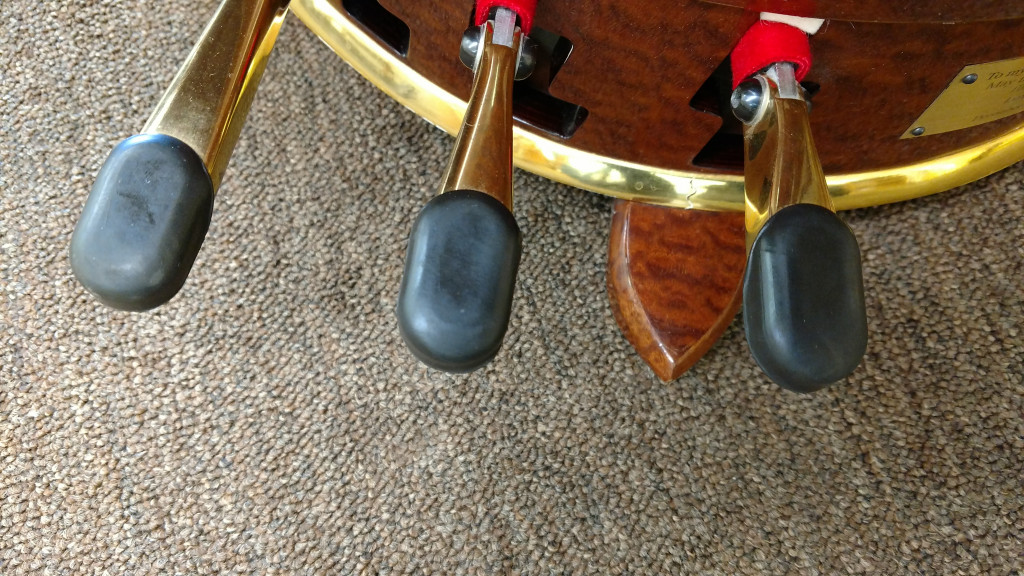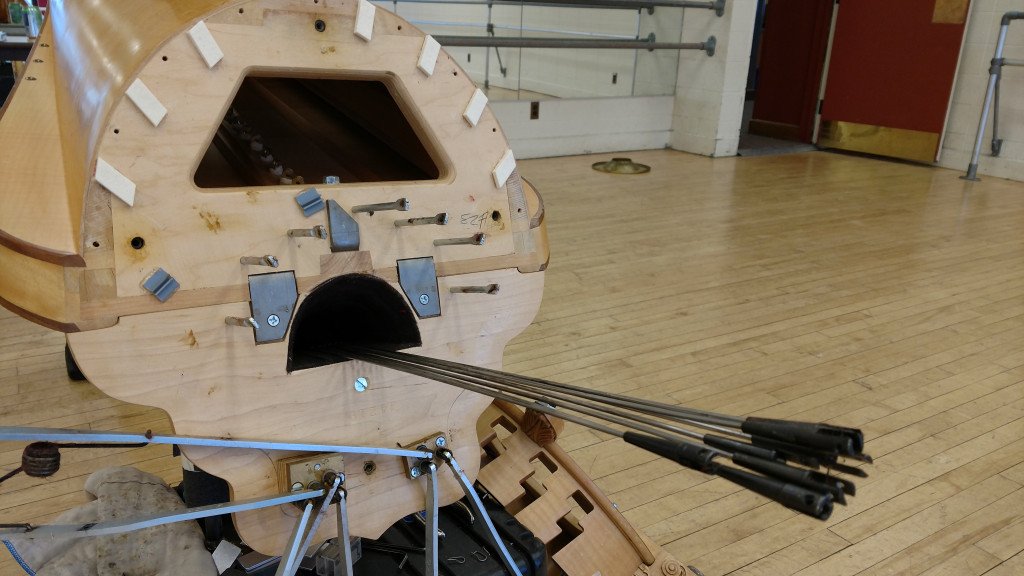Harp Column Podcast Episode 14
If you’ve had a chance to listen to the latest episode of Harp Column Podcast you’ll know that the focus article is my most recent contribution, Adapting to Special Needs, and features guests Stephanie Ganacoplos and Jessica Bogacik. This blog will contain extra information, and links to people, programs, and materials discussed in the podcast!
 Music in Episode 14
Music in Episode 14
came from Claire Jones’ new CD “Royal Harp Strings” reviewed in the current issue of HC by Alison Young.
Excerpts in the episode:
- 1. Heartstrings
- 2. Woodland Sketches, Op. 51 No. 1 To a Wild Rose
- 3. Go to Sleep My Baby (Si Hei Lwli Mabi)
- 4. All Through the Night
- 5. Ladies in Lavender
 Book mentioned by Jessica Bogacik –
Book mentioned by Jessica Bogacik –
Interested in learning more about the Individuals with Disabilities Education Act (IDEA)?
Check out the federal IDEA website that explains what the law covers, and why it is important!
Navigating an IEP
One of the things we spoke about in the podcast that I thought would be good to discuss in more depth is the IEP. For a music teacher, the IEP has the potential to be a really powerful tool to help in knowing how to best guide a student with special needs.
The following is taken from a collection of sample IEPs. The student, Anthony’s, IEP begins with a student profile…
“Anthony is a fourth-grade student who is included in general education classes with accommodations and supports. Anthony demonstrates a variety of inattentive behaviors that interfere with learning. He is easily distracted by other students, noise and other activity in and near the classroom. A review of classroom data and incident reports over the last two years indicates that Anthony is learning to ignore some distractions in his environment. His time at his desk has increased to 20 minutes after which he earns a short break. Anthony can remain on task for 15 minutes when closely monitored by an adult and reinforced at frequent intervals.
Classroom, district, and state assessments indicate that Anthony is reading at a third-grade level. He is currently receiving reading instruction in an intervention curriculum and is working to improve reading with fluency and applying comprehension strategies. His low fluency has negatively affected his reading comprehension.
Anthony is working on fourth-grade math standards. Progress monitoring data reveal inconsistent scores on Anthony’s weekly quizzes. Teachers report that he can do the math but is easily frustrated if he makes a mistake and may crumple or tear up his paper. He often rushes through assignments and turns his paper in early without checking his answers. Anthony is pleased when he does well on a quiz and responds positively to teacher recognition, such as good day certificates.
Anthony’s grandmother reports that he likes school and looks forward to going. He plays football with the YMCA and she is glad that he burns off some energy during practice.
Anthony receives accommodations for brief scheduled breaks every 20 minutes during classroom assignments and classroom and state assessments. He is accommodated by arranging for seating in an area of the classroom and assessment area that is relatively free from distractions. Anthony’s on-task behavior has improved since implementing an agreed-upon signal with his teacher. The agreement states that each time Anthony needs to get out of his seat, he will signal the teacher and wait for her signal of approval before leaving his seat.”
Even if this is the student profile is the only piece of information that you get (or have the patience to get through) it can be a very powerful tool. Reading through Anthony’s profile makes it clear to me how I might start to think about ways to adapt my teaching methods to this particular student’s special needs.
How would I adapt to Anthony’s needs?
- If lessons are 30 minutes – break the lesson into three 8 blocks with breaks
- Prepare certificates for accomplishment
- Take all devices that make sound out of my teaching studio – clocks, phones, computers.
- Discuss a signal or word that Anthony can use to show you that he needs to break early
and this is only the beginning…
There is so much information that could be gleaned on Anthony going further into the IEP. Personally, I find these fascinating. It’s almost like a game to go through all of these example IEPs and figure out how you might adapt your teaching style to each student’s needs!!!
What did you think?
This episode took a new format by including non-harpists. How do you feel about this? Is it interesting to you to hear about things that affect our field adjacently and directly? Comment below and let me know what you think!
(If you want to play the IEP game with me, let me know… we can collaborate on a fun blog together!)
Thank you again to my wonderful guests!!!!!
Stephanie Ganacoplos
and Jessica Bogacik












